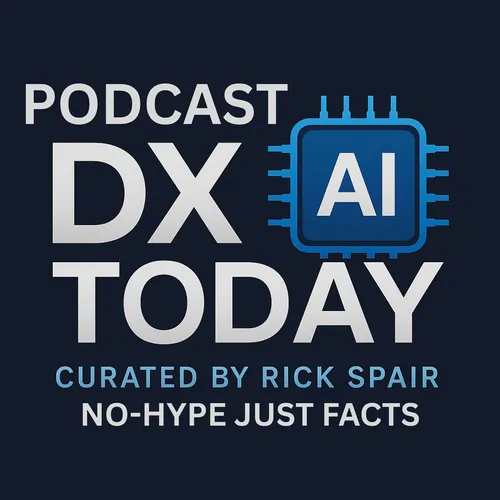🚧 Shadow AI Governance: Guardrails vs. Gates
- Author
- Rick Spair
- Published
- Thu 04 Sep 2025
- Episode Link
- None
The widespread, unsanctioned use of AI tools and services by employees, known as Shadow AI, presents a critical challenge and opportunity for modern enterprises. Driven by the pursuit of productivity and the ease of access to public AI models like ChatGPT, this phenomenon is not a fringe activity but a mainstream movement. Traditional, prohibitive control measures—"AI gates"—are proving ineffective and counterproductive, pushing risk underground and stifling innovation. This briefing argues for a strategic shift towards a more flexible, guidance-oriented governance model: "AI guardrails." This approach aims to track and guide AI use, mitigating severe risks such as data breaches, intellectual property (IP) leakage, and non-compliance, while simultaneously harnessing employee-led innovation.
The "guardrails" model emphasizes enablement, education, and visibility, supported by agile governance frameworks and emerging technologies for discovery, monitoring, and real-time content analysis. As regulatory environments intensify (e.g., EU AI Act) and enterprise AI adoption accelerates, robust "guardrails" governance will be a non-negotiable component of corporate strategy, offering a significant competitive advantage.
